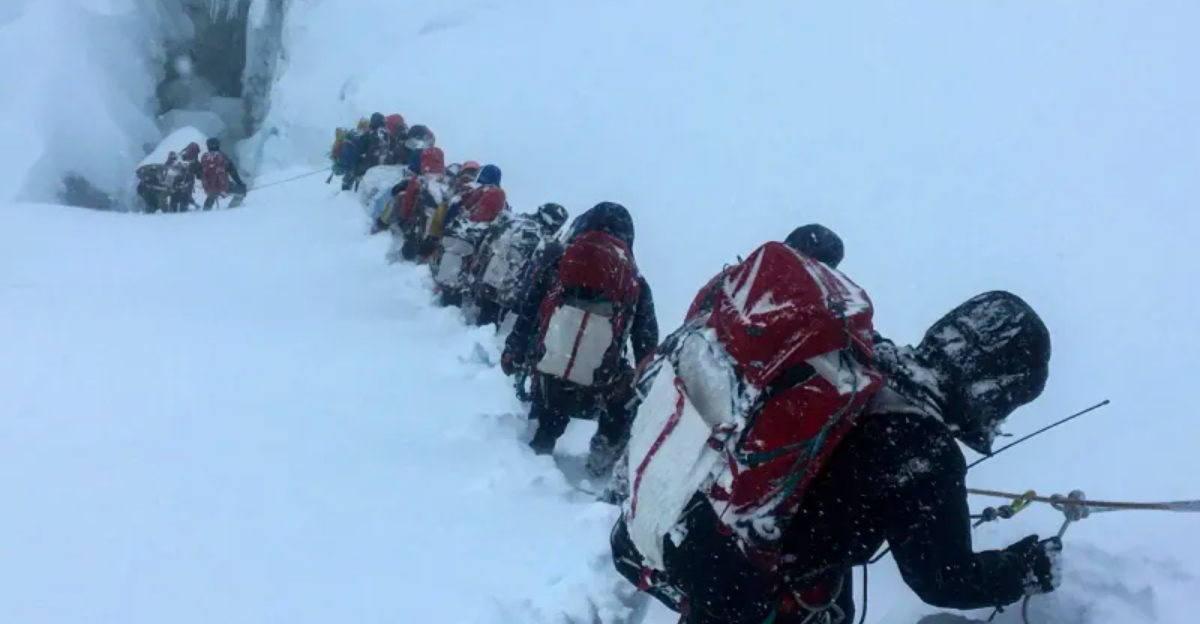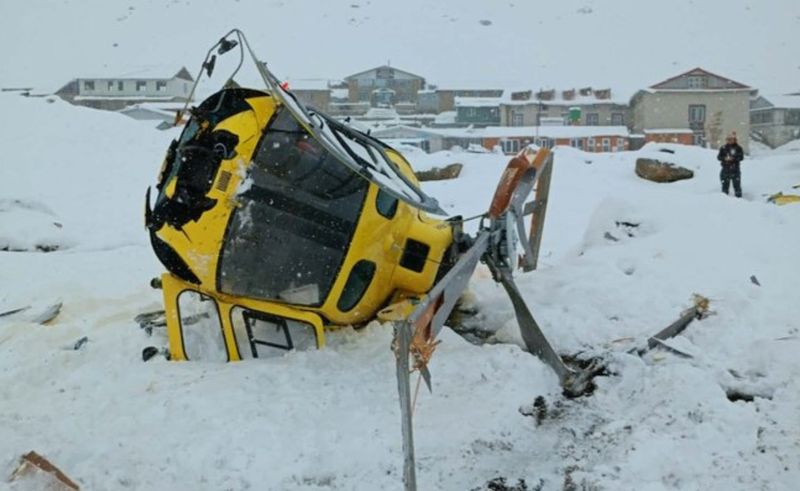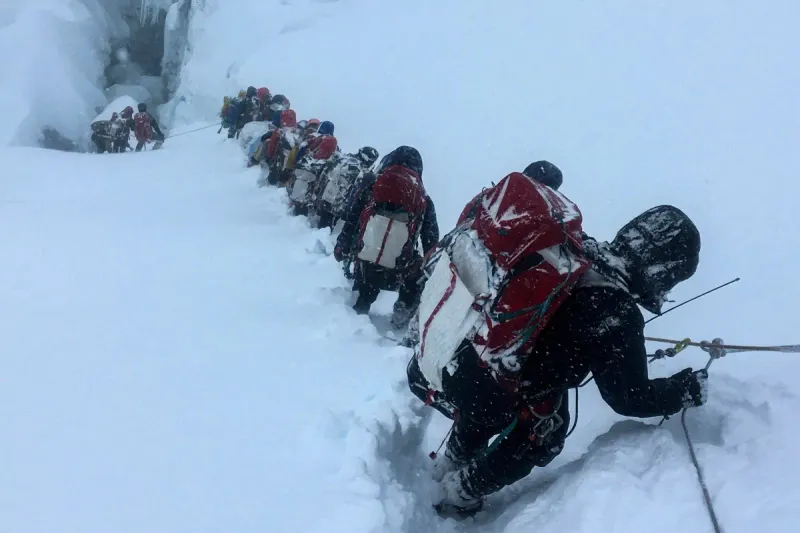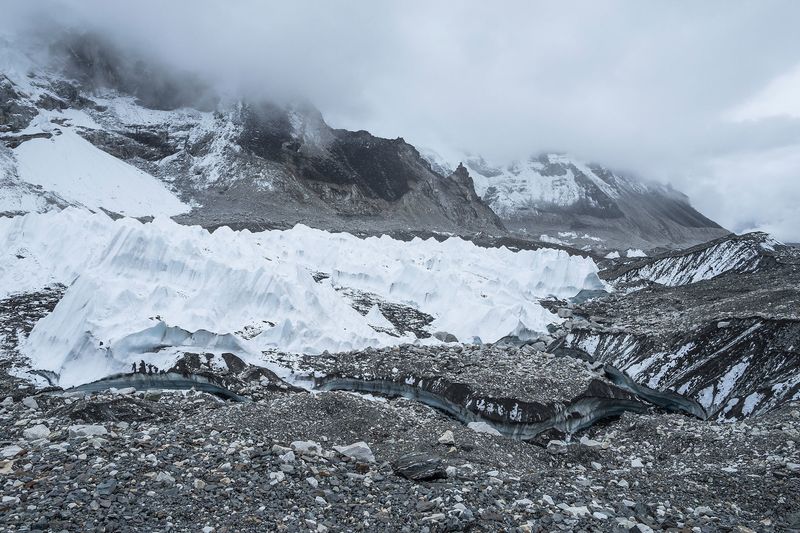Mount Everest, the world’s tallest peak, has always been a place of danger and wonder. But in late October 2025, something unexpected happened that shocked climbers and locals alike. A massive blizzard swept across the mountain, trapping people, destroying rescue efforts, and forcing both Nepal and China to shut down access completely.
Unseasonal Snow Paralyzes the World’s Tallest Mountain
Late October is supposed to be a calm season on Everest, but 2025 had other plans. Tropical Cyclone Montha sent a powerful weather system crashing into the Himalayas, dumping snow at a rate nobody expected. Within hours, safe trekking paths turned into avalanche zones filled with hidden crevasses and unstable ice.
Both Nepal and Tibet immediately suspended all tourism. Climbers who were already on the mountain or traveling to base camps were told to evacuate immediately. Guides and porters scrambled down narrow trails as conditions worsened by the hour.
Officials admitted the snowfall was far outside normal patterns for this time of year. The sheer volume overwhelmed infrastructure designed for predictable weather. What was meant to be a peaceful autumn trek became a fight for survival on slopes that had turned deadly overnight.
Rescue Mission Goes Awry: Helicopter Crashes Amid Blizzard
When climbers and porters became stranded, a private rescue helicopter tried to reach them near Lobuche, just above Everest Base Camp. Flying in near-zero visibility and battling fierce winds, the pilot attempted a landing on a snow-covered slope. The helicopter’s skid slipped on ice, and the aircraft collapsed onto its side.
Miraculously, the pilot survived and was pulled from the wreckage. But the climbers waiting for evacuation remained trapped, their hope of rescue now even more uncertain. The crash exposed just how dangerous high-altitude rescues become when weather turns hostile.
At over 5,000 meters, helicopters struggle to generate lift in thin air. Add heavy snow, gusting winds, and poor visibility, and you have a recipe for disaster. The fact that the rescue itself became a casualty shows how extreme conditions had become on Everest’s slopes.
Climbers Stranded, Mountain Infrastructure Strained
With avalanche risk skyrocketing and routes buried under fresh snow, expedition teams found themselves stuck in high camps with no safe way down. Lodges couldn’t evacuate their staff. Helicopters couldn’t land. Ground teams couldn’t move through storm-sealed trails.
Tibet shut down ticket sales for Everest access entirely, citing icy roads and blocked pathways. Nepal followed suit, closing not just Everest but also Annapurna, Manaslu, and Dhaulagiri. The entire region went into lockdown mode as the storm raged on.
For local communities, this disaster hits hard economically. Guides, porters, and lodge owners depend on climbing seasons for their income. Now their livelihoods hang in the balance, just as their physical safety does. The mountain that feeds them has turned into a threat they cannot escape.
The Implications: Climate Signals and High-Altitude Risk
This blizzard isn’t just a freak accident—it may be a warning sign. Scientists believe shifting climate patterns are bringing more moisture and unpredictable storms into seasons that used to be stable. Warmer ocean temperatures fuel stronger cyclones, which then push unusual weather into the Himalayas.
High-altitude mountaineering depends on a delicate balance: reliable weather forecasts, functioning rescue systems, and avalanche control. When any part of that safety net fails, lives hang in the balance. Rescue experts warn that when helicopters can’t fly, the infamous Death Zone becomes even more lethal.
Everest may look timeless and unchanging, but it’s becoming more volatile. Climbers and local communities must adapt to this new reality. The mountain’s beauty and challenge remain, but so does its growing unpredictability and the dangers that come with it.








